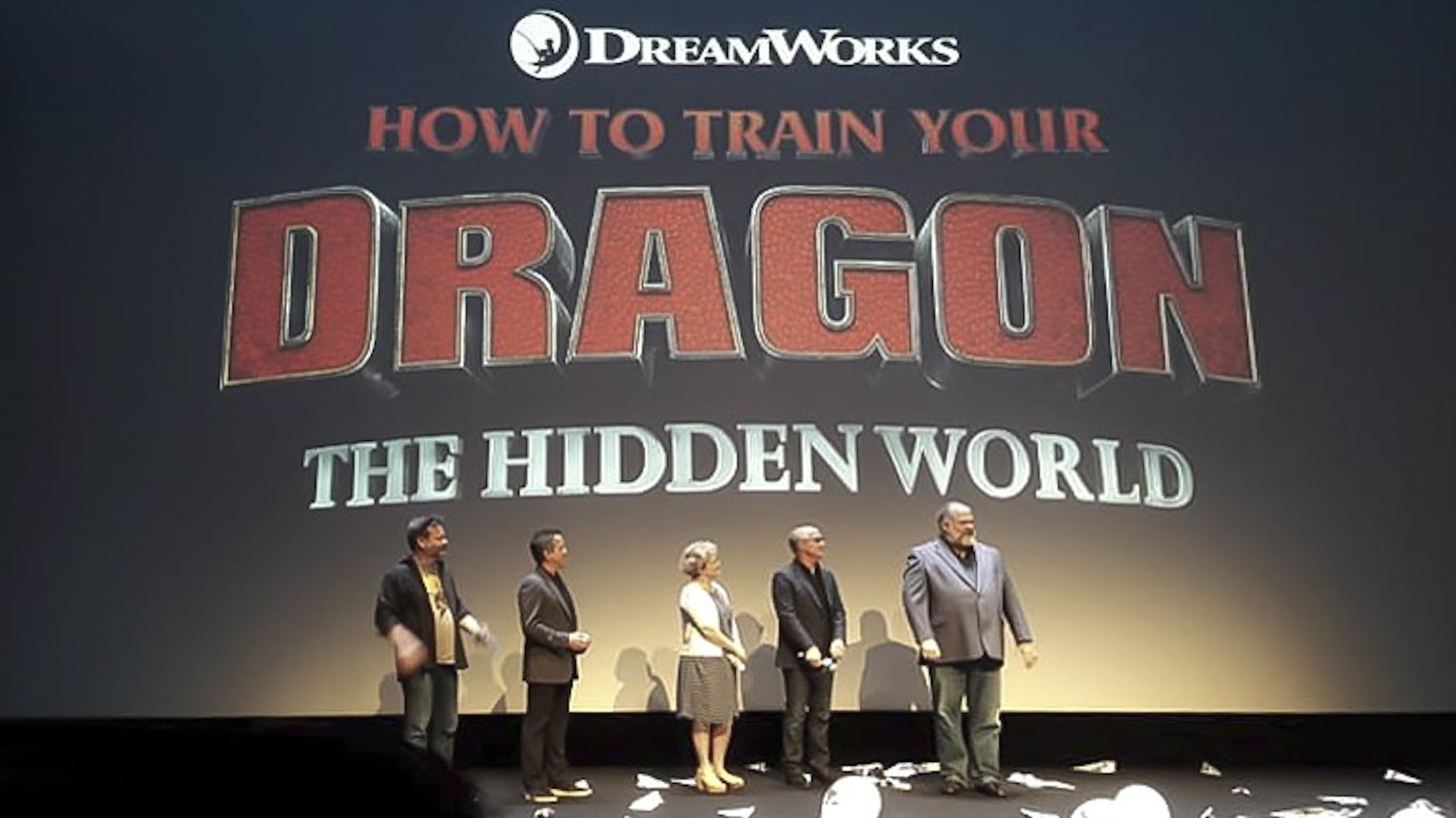A satisfying ending to a beloved franchise
While the majority of this weekend’s moviegoers shelled out their hard-earned money to “Captain Marvel,” several releases from the past few weeks faded into box office obscurity. Among them was “How to Train Your Dragon: The Hidden World,” Dreamworks Animation’s third and final entry in the successful franchise that began in 2010. The series tells of Berk, a Viking kingdom that lives in harmony with dragons. It finds a serviceable ending in its finale, if not a completely satisfying one.
“The Hidden World” picks up one year after we last saw our heroes, led by Hiccup (Jay Baruchel) and his dragon, a “Night Fury” named Toothless. After losing his father and reuniting with his mother in the events of the last film, Hiccup is in charge of Berk, which is now overrun with an ever increasing dragon population as a result of Hiccup’s numerous covert rescue missions of the captive creatures. When a dragon-hunter named Grimmel (F. Murray Abraham) threatens to destroy Berk and kill Toothless, Hiccup and his friends go on a mission to find the hidden world, a dragon haven of legends old. Along the way, Hiccup and Toothless encounter a Light Fury, Toothless’ female counterpart. As Toothless grows fond of his new mate, Hiccup is forced to come to terms with the notion that he and Toothless may have to part ways — forever.
When reviewing the third part of a series, one is bound to compare it to its predecessors, rather than judge the film solely on its own merit. The movie is strong in many of the same ways the first two “Dragon” movies were. It is gorgeously animated, features a beautiful score by John Powell and has a voice cast of game actors. Scenes like Hiccup’s discovery of the hidden world and a lengthy courtship ritual between Toothless and the Light Fury are standouts, and, quite frankly, some of the best computer-animated sequences of all time. The supporting cast, especially Kristen Wiig’s Ruffnut, get their moments to shine. Hiccup’s internal conflict, just as in the first two entries of the series, takes the front seat in the story, and to great effect. What is missing, though, is a strong external conflict, as the film’s muddled plot buries Grimmel’s threat, which is already narratively weak since he is not all that menacing. At times, you forget he even exists. Grimmel serves as nothing more than a distraction from Hiccup’s internal journey, and feels more like a pawn of the subplot than a player in the main story.
However, when the scenes bookending the uneventful Grimmel plotline are those with the visual, musical and narrative strength of Toothless’ love story and Hiccup’s realization that he will have to let Toothless go, you begin to forgive the weaknesses of “The Hidden World.” The overall effect of the series’ final installment is ultimately satisfying, as it brings the franchise’s hallmark heart and humor to the center of the narrative. Even if there is some turbulence, “The Hidden World” nevertheless takes flight.



Please note All comments are eligible for publication in The Justice.